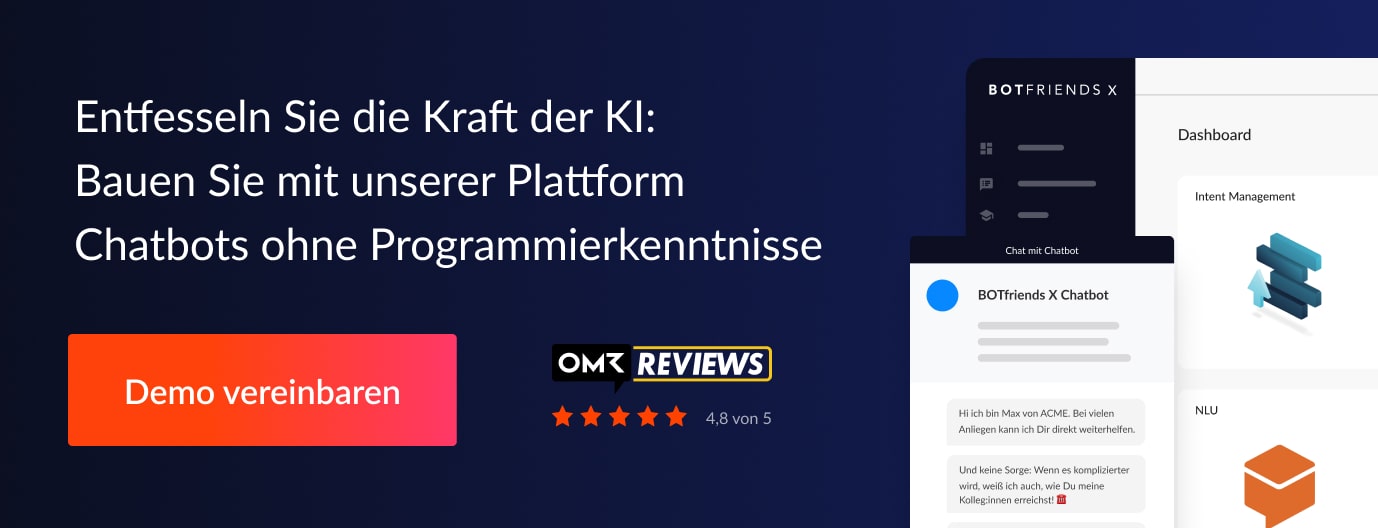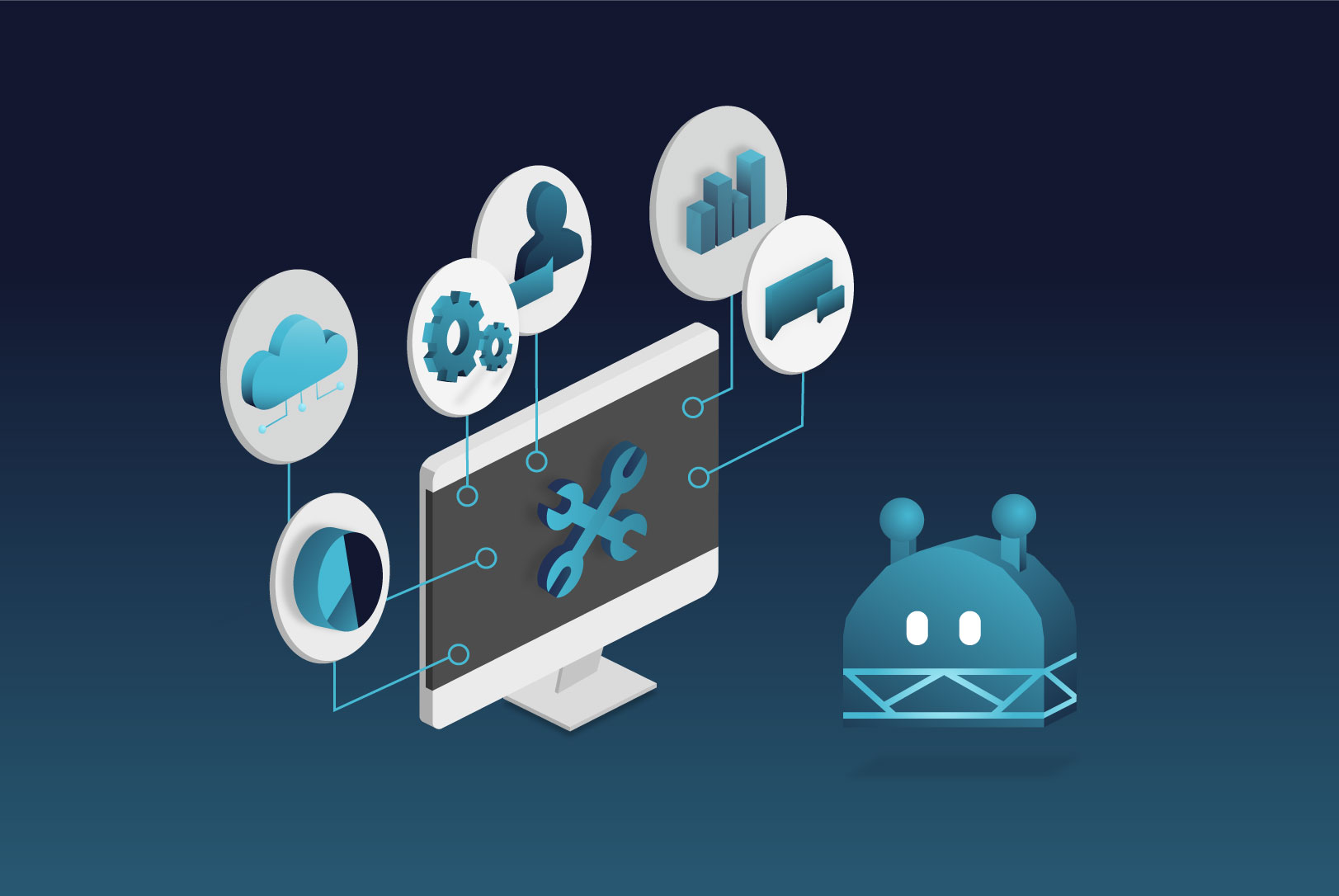After a long chatbot development phase, the expected release of your chatbot is finally coming. Below you can learn more about six relevant aspects that are part of a successful Chatbot Go Live.
1. The Right Marketing
Whenever you unveil a product, it's important to think about a marketing or communication strategy in advance. Of course, this primarily depends on your chatbot use case. If we are talking about an internal chatbot that answers questions on the intranet, emails, blogposts on the intranet or even offline flyers are the right choice to market the chatbot to your colleagues. With such a chatbot, there is a lot of potential in including features that could encourage frequent use or go viral. For example, if questions about the daily canteen menu or employee directory can be answered. Facebook Messenger even offers QR codes to print out which, when scanned, will direct you to the chatbot. It really depends on the messaging platform itself. If you want to set up new communication channels like a WhatsApp number or a new chat window on the website, rather than integrating a chatbot into existing running messaging interfaces, it makes a big difference in marketing.
2. The "LOUD" release
For example, a "loud" publication of the chatbot makes more sense when a new communication channel is launched. Let's assume it's a WhatsApp-chatbot. Then it's important to find out how this number can be marketed to customers. This means that the messages can be distributed via social media channels, newsletters, online ads, but also added to the "Contact" landing page. If the chatbot adds special functionalities to the chat, such as push notifications in Facebook Messenger, it is also advisable to market this "out loud", as it brings new added value to customers. Basically, plan a "loud" release if you want to promote communication with the chatbot.
3. The "Silent" Release
If you have live chat functionalities on your website and are thinking about integrating a chatbot, a "loud" publication would not be necessary in this case. Your customers will most likely write to the chatbot as they did before with live agents. Nevertheless, the launch message should officially announce that users are now interacting with a chatbot. Always be transparent. You should also clearly communicate that users can also be forwarded to a real employee if desired. As a general rule: plan a "silent" publication if communication is to be automated.
4. Expectation Management
As chatbots are a new technology for many, the expectation of their functionalities, especially in terms of a natural conversation, can be very different among people. Therefore, it is essential to make future users aware of this. If users clearly understand what the chatbot's capabilities are, we can counteract false expectations and ensure a positive user experience. This is especially true for colleagues, but also managers within the project. Researchers have also found that people with a technical affinity in particular are better able to assess the chatbot's capabilities and are more forgiving of mistakes. People with less technical affinity usually approach the use of the chatbot with very high expectations and show a higher frustration rate. As a product owner, you should educate such target groups about the topic, especially before the upcoming release.
5. The Release Date
The release date of the chatbot should be well thought out, because many factors play a role here that could influence the go-live positively as well as negatively. On the one hand, seasonal and temporal events must be estimated. Are there holidays at that time? Vacations? Or other important events that are related to your company's products or services, which may result in an increased or reduced volume of customer service? These include, for example, the launch of new products, special offers, but also the relaunch of a new website or app. Before going live, of course, all customer service agents should also be aware of the use of the chatbot and if necessary have completed training if a human handover is required.
6. The Go-Live Day
The actual go-live day of the chatbot should have one thing above all: Support. Because the testing that should have taken place beforehand could cover many potential sources of error, but you will never be able to release a 100% perfectly working system. For example, a chatbot release on Facebook Messenger did not take into account that all users who have already interacted with the Facebook page and write again will not notice that a chatbot is now responding. Normally, as a new user, you see a "Get started" button and you get a welcome message in which the chatbot introduces itself. Here, technical solutions must be found quickly so that existing users also hear about the chatbot. It is best to plan sufficient capacities in advance in order to implement technical solutions for such unforeseeable cases as quickly as possible.
After the release, it is incredibly important that you continue to train your voice or chatbot regularly. You can find out how to do this in our white paper "Chatbot Operations":




